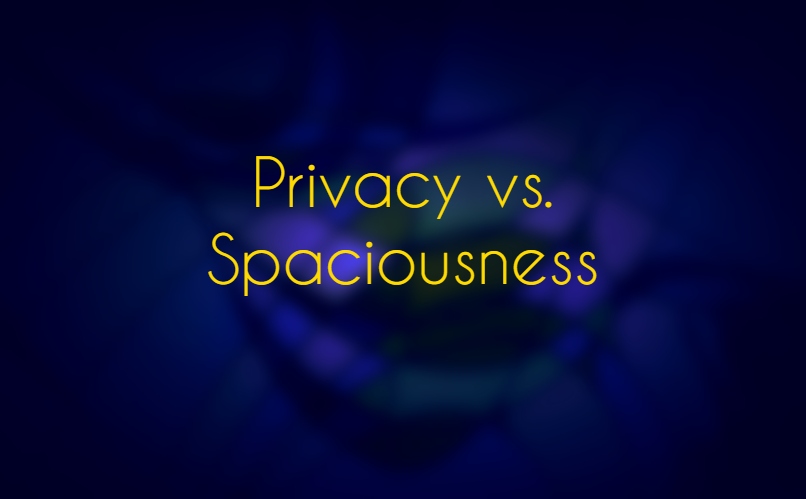There is no quesion that regular glass gives one dimension and spaciousness in an otherwise enclosed space. It integrates the sheltered and cozy indoors with the broader outdoors. Sunrooms are dedicated to this. A panoramic or breathtaking view is even one of the most sought-after features of many homes and office buildings. Mid-century suburban homes in Southern California indulged in this principle, as did much Bauhaus architecture. And contemporary buildings of all types utilize the clear and seemingly nonexistent barrier of plain glass to link the occupant with the landscape, cityscape or palette of nature outside.
But a building or a room is also an intimate space. Perhaps one desires a protected space from the elements or forces outside, or simply wants seclusion and privacy. After all, there is a reason for walls and a roof over ones head. And everyone needs a space to call their own.
The advantage of leaded/stained glass is that it can produce either effect – it can give spaciousness or privacy.
While most people believe that color and lighting are the primary factors involved with this, the trick lies mostly with which type of glass gets used.
Transparent glass, such as cathedral glass, is essentially “see-through” and allows more lights and shapes to transmit through. Translucent glass such as opaque glass filters more light and leans more toward intimacy. Certain textured glass may also produce this effect.
Even under bright, direct sunlight, using brighter colors, one can achieve more privacy if that’s what he/she desires.
And it is totally possible to achieve both affects at the same time as well!
It boils down to what effect or ambience one is seeking.
It requires a very specialized expertise of having both architectural and building savvy as well as fine art endownment in order to truly accomplish this.


